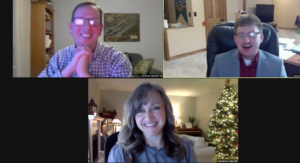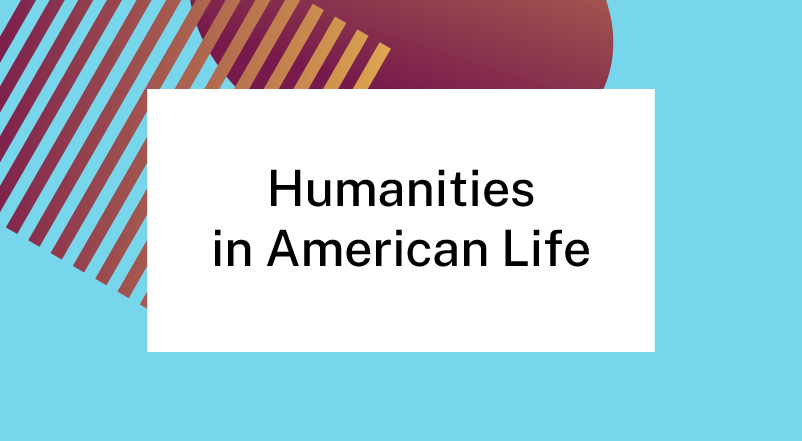This post is part of “Humanities in American Life,” an initiative to increase awareness of the importance and use of the humanities in everyday American life.
Michigan Humanities Explores the Urban/Rural Divide
by Sydney Boyd, project manager, Humanities in American Life
How long has the divide between urban and rural communities existed? Longer than you think. And how big is that divide? Not as vast as it might seem.

These insights emerged from a webinar hosted by Michigan Humanities on December 3 featuring a conversation between Dr. Thomas Henthorn, the Wyatt Endowed Professor of public history at the University of Michigan, and Dr. Kevin G. Lorentz II, a lecturer in political science at the University of Michigan at Flint.
The program, titled “The Urban/Rural Divide in Michigan” is the first in Michigan Humanities’ series “Why it Matters: Conversations on Civic and Electoral Engagement” and seeks to bring together humanities professionals and Michiganders in open dialogue and learning. The program is funded by a grant from The Andrew W. Mellon Foundation and administered by the Federation of State Humanities Councils.
“What I want to do tonight is to use history as a lens…to help us understand this thing we call the rural-urban divide,” Henthorn began. He opened by tracing the differences between urban and rural communities to before the American Revolution in 1776, all the way back to the 1600s when two political ideas, absolutism and republicanism evolved into two political ideologies over time: the Whigs and the Tories. The Whigs tended to think of themselves as people of the country, where the concept of liberty could flourish—that is, where “natural” virtues like modesty, productive work ethic, and self-restraint could exist without threat from the apparent corruption of cities.
“I would argue that the real proxy here between urban and rural is liberty,” Henthorn explained, and moved to consider William Jennings Bryan’s sentiments while serving in the United States House of Representatives in the later 1800s when he argued that city and country have never actually been as different as Americans have tried to say.
“You can’t have great cities without the country. And at the same time, it’s the other way around. You can’t have rural communities without urban communities,” Henthorn summarized. “Without these communities, the cities wouldn’t have been able to grow as they did…I don’t know about you, but I didn’t grow my breakfast this morning, so that relationship has always existed.”
Lorentz picked up the historical implications of the urban and rural divide and brought it to our present moment and the 2016 election, opening with data from the Pew Research Center.
“Rural voters made up a far greater proportion of Trump supporters than Clinton’s and vice versa with urban, but another lesson to take away here is that neither rural nor urban voters represent a majority of either candidate’s coalition either,” Lorentz said. “It disguises the fact that there’s actually a lot of Republicans that live in urban areas, [and] there’s a lot of Democrats that live in rural areas.”
So why does this division still exist? Lorentz turned again to data and the idea that characteristics and identities get stacked in ways that make this division seem starker than it is.
“American polarization is especially multi-faceted, all encompassing, and deeply profound,” Lorentz said. “This is especially true since race, religion, ideology, education level, and increasingly, even an economic way of life all have increasingly become associated or stacked with our partisan identity, with partisanship now serving as a proxy for a host of characteristics that previously were independent or mutually exclusive of partisanship.”
As Henthorn and Lorentz engaged in discussion with webinar participants, they outlined that there are in fact many things rural and urban areas agree on, like the importance of addressing drug addiction, infrastructure, access to quality healthcare, racism, and poverty.
“There’s a lot of common ground,” Lorentz said, “But you wouldn’t believe it given the rhetoric that goes on of emphasizing, frankly, very minor differences that get blown out of proportion pretty quick.”



